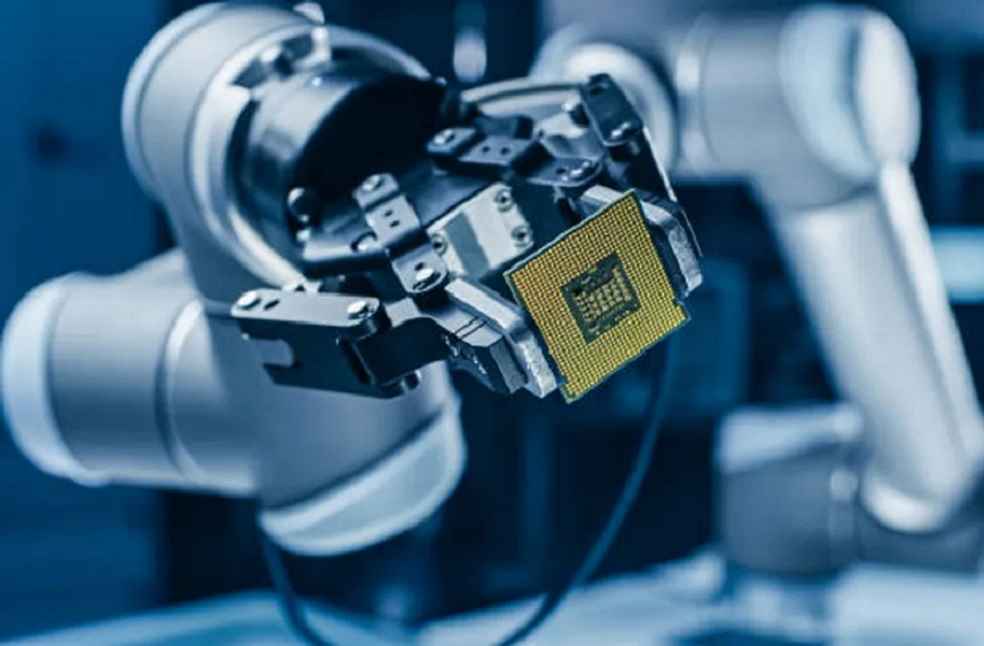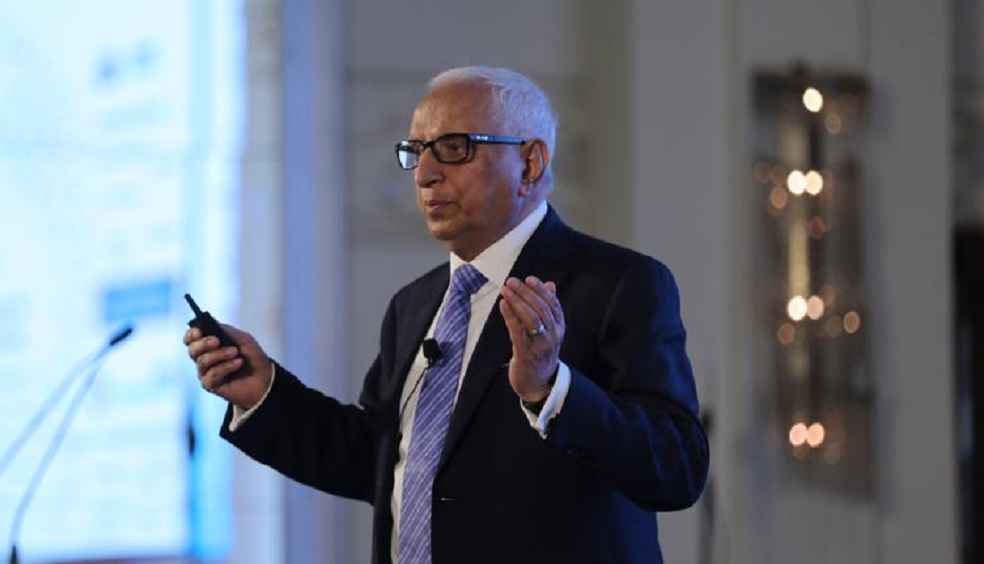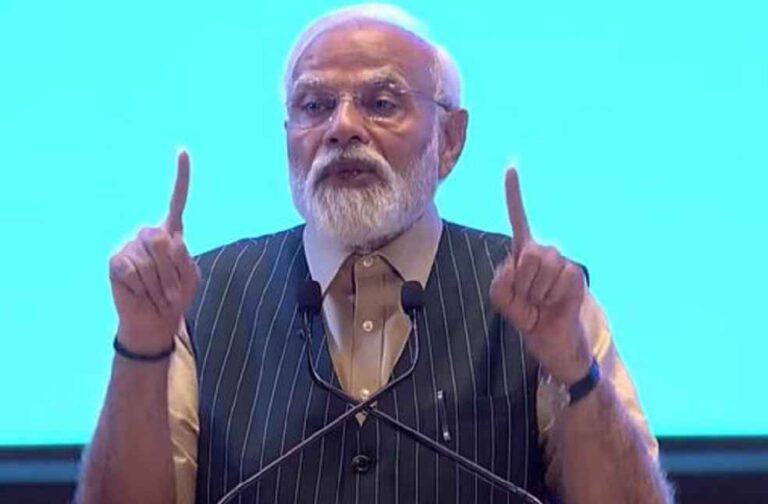Asserting an ambitious plan for India to be a central figure in the global chip supply chain, Prime Minister Narendra Modi called on the global semiconductor industry to view India not only as a trustworthy player but also as a resource-rich frontier brimming with potential.
During the second edition of the SemiconIndia global summit, which drew senior executives from more than 50 semiconductor and electronics powerhouses, PM Modi communicated a compelling case for India’s prominence in the sector. This event witnessed an array of commitments for significant capital inflow into India’s flourishing semiconductor landscape from influential organizations including AMD, Micron Technology, Applied Materials, and Foxconn.
AMD plans to infuse $400 million into India over half a decade, alongside the unveiling of a massive 500,000-sqft R&D campus based out of Bengaluru. Micron Technology stays steadfast in its pursuit of pioneering India’s inaugural semiconductor factory in Gujarat, anticipating the creation of 5,000 direct employment opportunities and servicing both domestic and foreign markets.

Beyond this, Hon Hai Technology Group, popularly recognized as Foxconn, voiced its intention to avail itself of benefits from the government’s semiconductor production scheme, post its recent exit from a joint venture with Vedanta. Vedanta Chairman Anil Agarwal outlined a bold $5-billion investment for the first phase of their semiconductor project, with an ambitious goal of a made-in-India chip launch within two and a half years. Parallelly, Applied Materials disclosed plans for a $400-million investment over four years to establish an advanced engineering center in Bengaluru.
PM Modi emphatically stated that Semiconductor requirements are not an exclusive domain of India; the world craves a trusted, reliable chip supply chain during the recovery from the pandemic and the Russia-Ukraine war. His argument echoed India’s reputation as a robust, accountable, and reform-driven democracy, supplemented by a prodigious pool of talented engineers and designers.
Sharing this buoyant vision for the sector’s future, Foxconn CEO Young Liu lauded the existing semiconductor ecosystem in India. “I am very optimistic about where we are headed. Taiwan is and will be your most trusted and reliable partner. Let’s build this together,” he advocated.

The SemiconIndia gathering, stretching over three days, spotlighted the government-supported India Semiconductor Mission, which has caught global attention recently. Heavyweights from the US semiconductor industry like Micron Technology, Applied Materials, and Lam Research have confirmed their intention to contribute to India’s rising semiconductor sector.
Despite initial roadblocks, the Indian government’s ambitious $10-billion semiconductor production-linked incentive (PLI) scheme, initiated in 2022, shows signs of resurgence. This scheme extends financial support accounting for 50% of the project costs to semiconductor fabs across various technology nodes. The government issued a fresh call for applications from the industry following a revision last month.
Micron Technology has already announced an assembly, testing, marking, and packaging (ATMP) unit within Gujarat’s Sanand industrial area. CEO Sanjay Mehrotra declared his commitment to developing a facility that will convert DRAM and NAND memory into completed component packages, serving customers throughout India and the world.

Encapsulating this promising outlook, Ajit Manocha, President and CEO of SEMI, stated, “For the first time, geopolitics, domestic policies, and private sector capacity are aligned in India’s favor to become a player in semiconductor production.”
With the world still reeling from a semiconductor crunch, India’s pivotal role in this critical industry grows ever more crucial. The country’s strategic positioning, underpinned by substantial investments and a talent-rich population, could revolutionize the global semiconductor supply chain in the coming years.
EV WORLD | onsemi, Magna Seal Deal: Advanced SiC Production to Boost Efficiency in EVs





